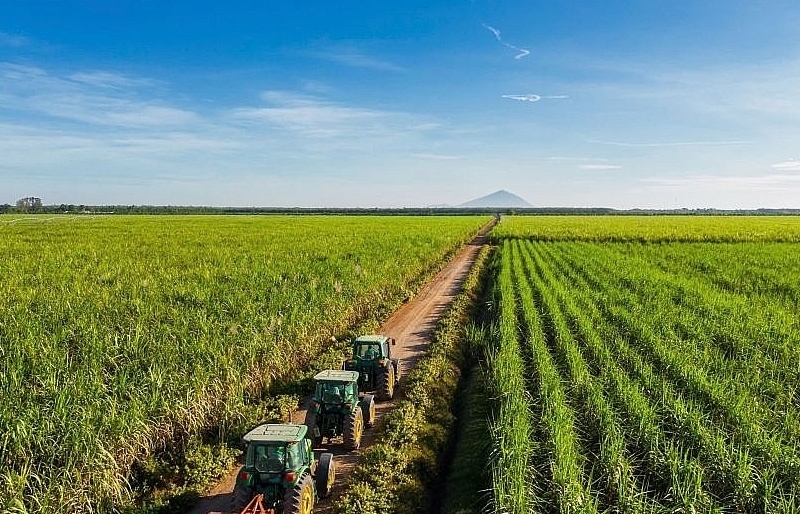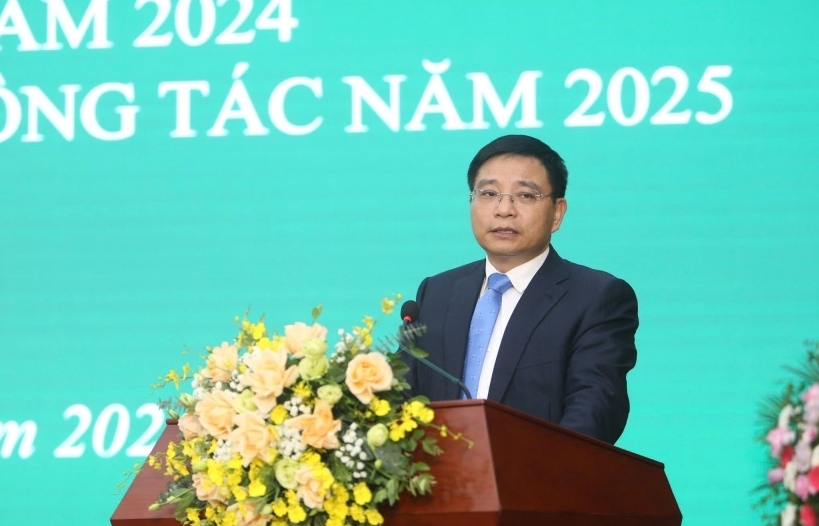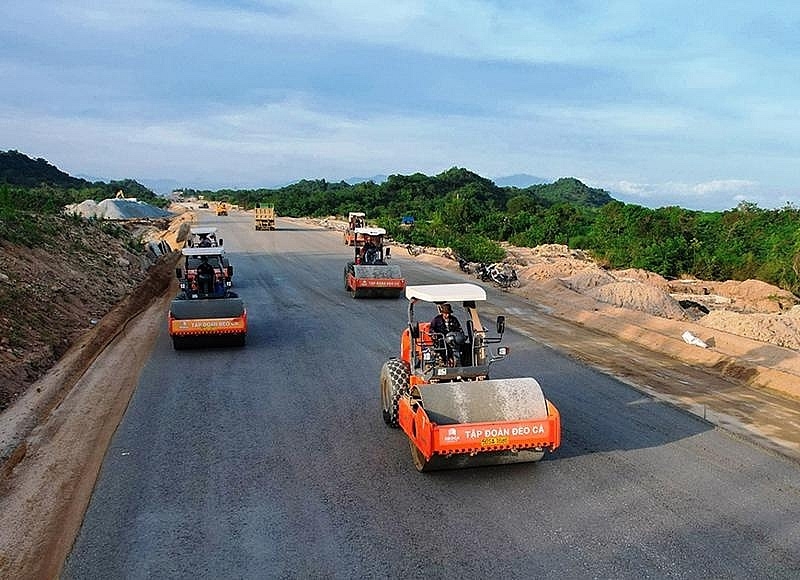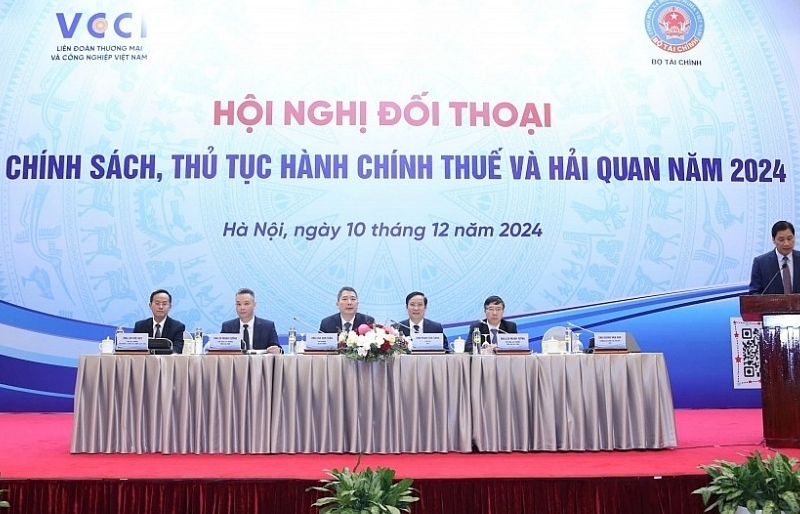Regulatory sandbox for P2P lending needs strict requirements

Regulatory sandbox for peer-to-peer (P2P) lending is attracting public attention. — Photo nld..com.vn
Early this month, the State Bank of Việt Nam (SBV) announced a new draft decree providing a controlled testing mechanism (sandbox) for fintech activities in the banking industry. This is the second draft that have been built to gather public opinions for this sector.
One content which has been drawing big attention is regulatory sandbox for peer-to-peer (P2P) lending.
According to the central bank, the rapid development of fintech has posed many challenges to financial authorities in managing, supervising, ensuring security and safeguarding interests of consumers and investors.
The number of fintech companies has grown quickly from about 40 at the end of 2016 to around 200 now, operating in various fiends such as payment, P2P lending, cryptocurrency and personal asset management, of which payment and P2P lending are dominating the market.
“Most of these fields have not been fully regulated, posing new risks to healthy competition, financial stability, data security and client interests,” the SBV said.
In the P2P lending activity that has emerged in Việt Nam in recent years, the banking watchdog has warned some firms use the name of P2P lending model to deceive people who lack information, advertise falsely such as high profits, high interest rates to cheat, appropriate people’s money to invest in this model or deceive borrowers about low interest rates, easy lending conditions while applying “exorbitantly high” actual interest rate.
Currently, about 100 firms including foreign-invested ones are offering P2P lending services in Việt Nam.
According to SBV’s definition, P2P lending providers only act as an intermediary to connect borrowers and lenders through their platforms. In the absence of regulations, loans on P2P platforms would be considered as civil transactions under the 2015 Civil Code with the interest rate not exceeding 20 per cent of the principal per year.
However in reality, many lending apps operate like a credit institution when mobilising capital from organisations and inpiduals and then lending at “exorbitant high” interest rates of up to 300-400 per cent per year.
Currently, most P2P platform providers in Việt Nam have registered their business activities as investment consultation, commodity auction services, brokerage or IT services. Many agreements between the parties involved in the P2P lending model (P2P lending firms, investors, borrowers, third parties) lack clarity and binding due to under regulation so it may lead to disputes, lawsuits or even swindling.
According to financial expert Nguyễn Trí Hiếu, if managed closely, P2P lending can reduce the burden on banks because this model serves subprime loans – a segment that banks cannot accommodate due to compliance conditions and strict regulations according to the Law on Credit Institutions.
However, in the past, due to the lack of regulations, this sector operates like a black credit market.
"Many P2P lending companies mobilise capital and lend like a credit institution. So in the pilot testing mechanism, the SBV needs to control this situation,” Hiếu said.
He suggested that in the pilot mechanism, it is necessary to carefully select the companies participating in this field with strict requirements on financial capacity, insurance percentage and loan limit to minimise risks on the society.
Tighten management
Currently, many governments advocate strict management of P2P lending. The US forbids P2P platforms from crediting the borrower’s loan directly to the lender, while China, after a period of relaxed experimentation, banned P2P lending after the default crisis in 2018 and 2019.
Looking at the bursting of the P2P lending bubble in China, Indonesia has also tightened management of this model, setting strict capital, registration and licensing requirements.
In Việt Nam, the sandbox introduction aims to get first-hand experience in managing the sector and allow fintech firms to test their novel products in a regulatory environment. As a result, the SBV will allow some risks in the sandbox to gain a better understanding of the dangers, thereby building a full-fledged legal framework that encourages innovation, prevents financial risk and promotes financial stability.
According to the draft, P2P lending companies participating in the pilot mechanism may not perform the following acts, including providing loan security, providing brokerage services for borrowing money for stock investments and other high-risk activities, unauthorised use of funds from customers.
Founders, managers in the P2P lending company must not take advantage of their position to commit fraudulent acts, appropriate customers’ assets.
The draft decree also states that P2P lending firms must have a customer protection mechanism. Guidelines must be issued and provided to the customers to advise against the risks of participating in the use of the solution during the pilot period, as well as setting up a dispute settlement department.
In the draft, the trial period for fintech solutions is up to two years, depending on the specific solution and field.
According to experts, in addition to providing an additional channel to access capital for people, it is still necessary to manage and limit risks for society and borrowers and lenders. Besides the loan limit regulation, the SBV needs to manage data, even have a server that connects directly to the floors of P2P lending businesses. — VNS
Related News

Preventing chain breakdown from P2P lending: There must be a legal corridor quickly
09:45 | 27/12/2022 Import-Export
Latest News

Fed’s foreseen rate cuts affect foreign exchange rate
14:12 | 23/12/2024 Finance

Untying the knot for green finance
11:08 | 23/12/2024 Finance

Ensuring efficiency and transparency in use and management of houses and land at State enterprises
13:54 | 22/12/2024 Finance

Vietnam's stock market to develop strongly and sustainably
19:08 | 21/12/2024 Finance
More News

Tax sector achieves revenue target of about VND1.7 million billion
18:32 | 21/12/2024 Finance

General inventory of public assets raises efficiency of use and management of country's resources
09:29 | 20/12/2024 Finance

Publicizes progress of public investment disbursement for important national projects
15:21 | 19/12/2024 Finance

Six SOEs to be transferred back to industry ministry
15:38 | 18/12/2024 Finance

PM urges stronger measures to manage interest rates
16:53 | 17/12/2024 Finance

Six SOEs to be transferred back to industry ministry
16:48 | 17/12/2024 Finance

Vietnamese products: Conquering foreign customers in supermarket systems
16:45 | 17/12/2024 Finance

Answering many questions from businesses at dialogue conference on tax and customs policies
10:01 | 17/12/2024 Finance

Enterprises face difficulties in tax refunds due to partners closing
10:01 | 17/12/2024 Finance
Your care

Fed’s foreseen rate cuts affect foreign exchange rate
14:12 | 23/12/2024 Finance

Untying the knot for green finance
11:08 | 23/12/2024 Finance

Ensuring efficiency and transparency in use and management of houses and land at State enterprises
13:54 | 22/12/2024 Finance

Vietnam's stock market to develop strongly and sustainably
19:08 | 21/12/2024 Finance

Tax sector achieves revenue target of about VND1.7 million billion
18:32 | 21/12/2024 Finance



